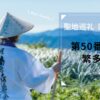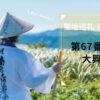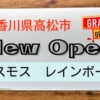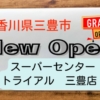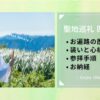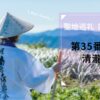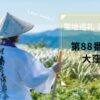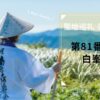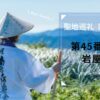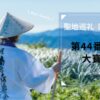【Japan tourisum】 Shikoku 88 temple pilgrimage trip [No.71] Kengozan Senjyuin Iyadaniji
Iyadaniji Temple is one of the oldest sacred sites in Shikoku and counted as one of Japan’s three most sacred sites. If you climb 400 stone steps from the Niomon Gate, you will come to Daishido, and if you climb another 140 stone steps, you will reach the main hall.
It takes about 70 minutes round trip from the entrance including visiting time. If you have difficulty walking, you will have to pay a fee, but you can drive up to the 270th step on the halfway up the back approach road.
Iyadaniji
| Principal image | Thousand-handed Kannon Bodhisattva |
| Honzan mantra | On bazara tarama kiriku |
| Denomination | Shingon Buddhism Zentuuji sect |
Place
Lodging: none
Phone:0875-72-3446
70 Omi, Minomachi, Mitoyo City, Kagawa Prefecture
Gosyuin(red stamp)
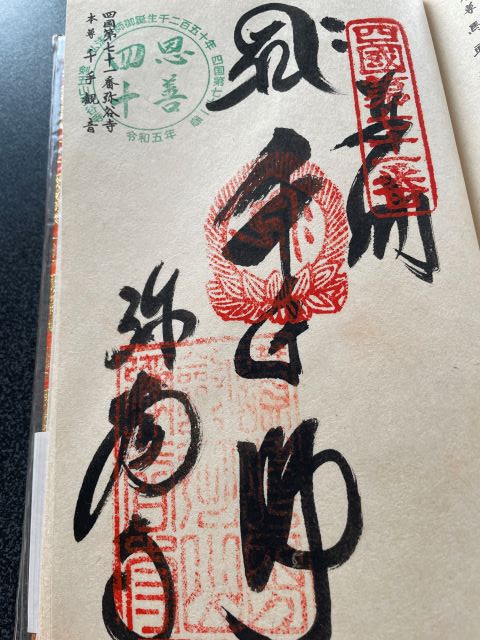
History
It is said that the temple was built by Gyoki during the Tenpyo era (729-749) at the request of Emperor Shomu. Empress Komyo enshrined the Daihokobutsu Kegon Sutra for healing of illness.
Mt.iyadani, where iyadaniji Temple is built, has long been worshiped as a sacred mountain and is counted as one of Japan’s three most sacred sites. Since ancient times, people have believed that Buddhas and gods dwell in the mountains, and this belief is said to be one of the “Heji faith" beliefs that gave rise to the pilgrimage.
According to the sacred mountain worship of Iyadani Temple, the entire mountain area is the world where Buddha lives. It is said that “the cave under the main hall, next to the water field, was said to be the entrance to the Gokurakujyoudo, and was particularly strongly believed." Even now, there are countless rock-carved Buddha statues carved by mountaineering ascetics who practiced sacred mountain worship.
Even today, there is an Omizu Matsuri, where wooden plaques with mantras written on them called Mizukyougi are offered to the caves in the water field, and sacred water that flows down from the summit is used to wash and purify the wood.
It is said that Kobo Daishi studied here for about five years, and even when he returned from Tang, he secluded himself in a cave and practiced goma.
Highlight
【cave of water】Considered to be the entrance to the world of Shintoism and Buddhism, there are still enshrined rock Buddhas carved by trainee monks and training caves.
【Shishi no Iwaya】Shishi-no-Iwaya, which resembles the mouth of a roaring lion, is said to have existed since the temple was founded.
【Main hall】
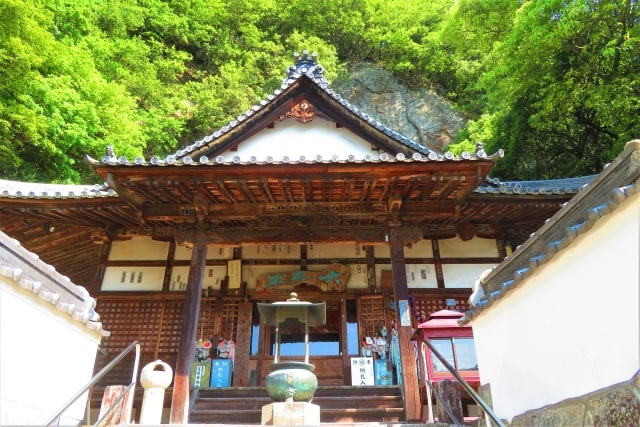
You can overlook the Sanuki Plain.
【Nioumon】
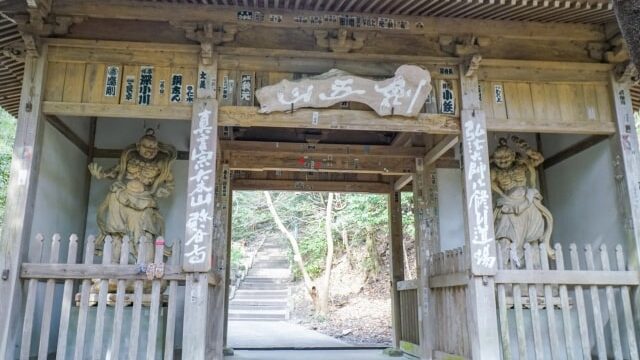
【Kongoken Bodhisattva】
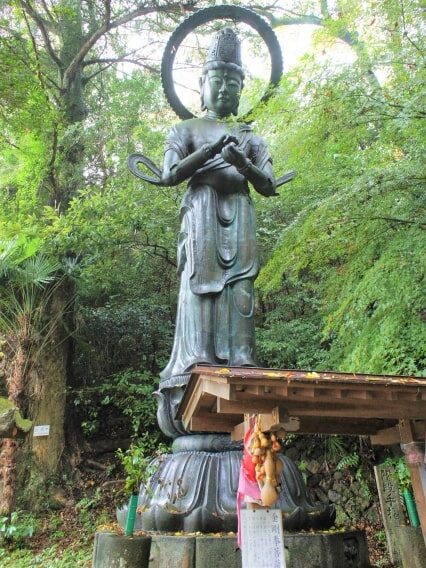
Also known as “Kanabutsu-san", it has been believed to bring good luck for illness. Located at the end of the 16 great bodhisattvas, it is said to control fulfillment, and was cast over a period of 20 years.
It is about 5 km (about 10 minutes by car) to the next 72nd bill place “Mandara-ji"!
